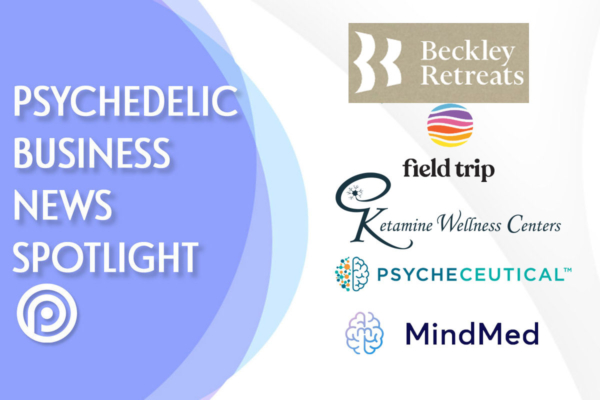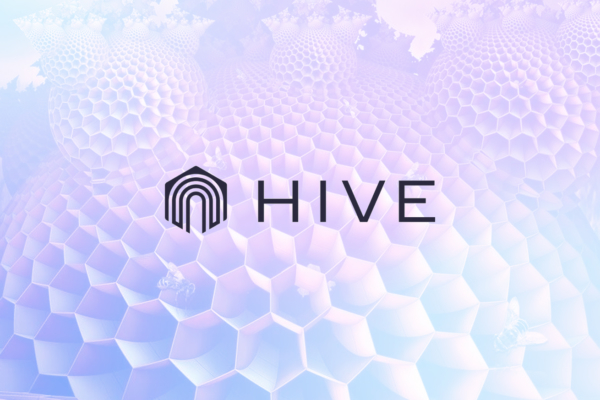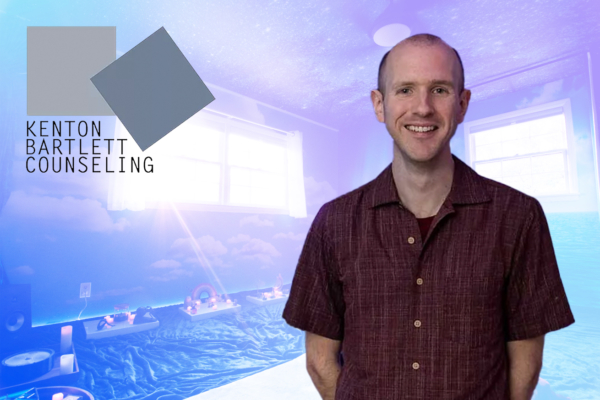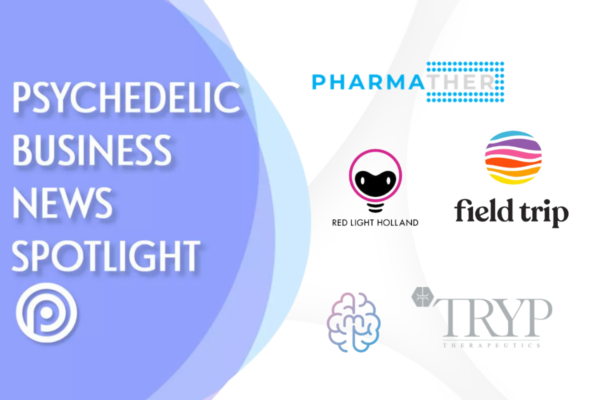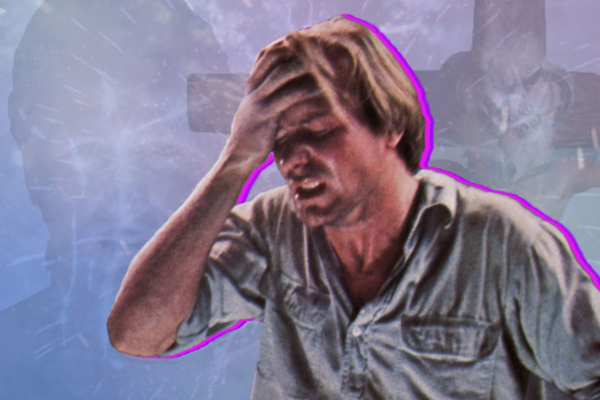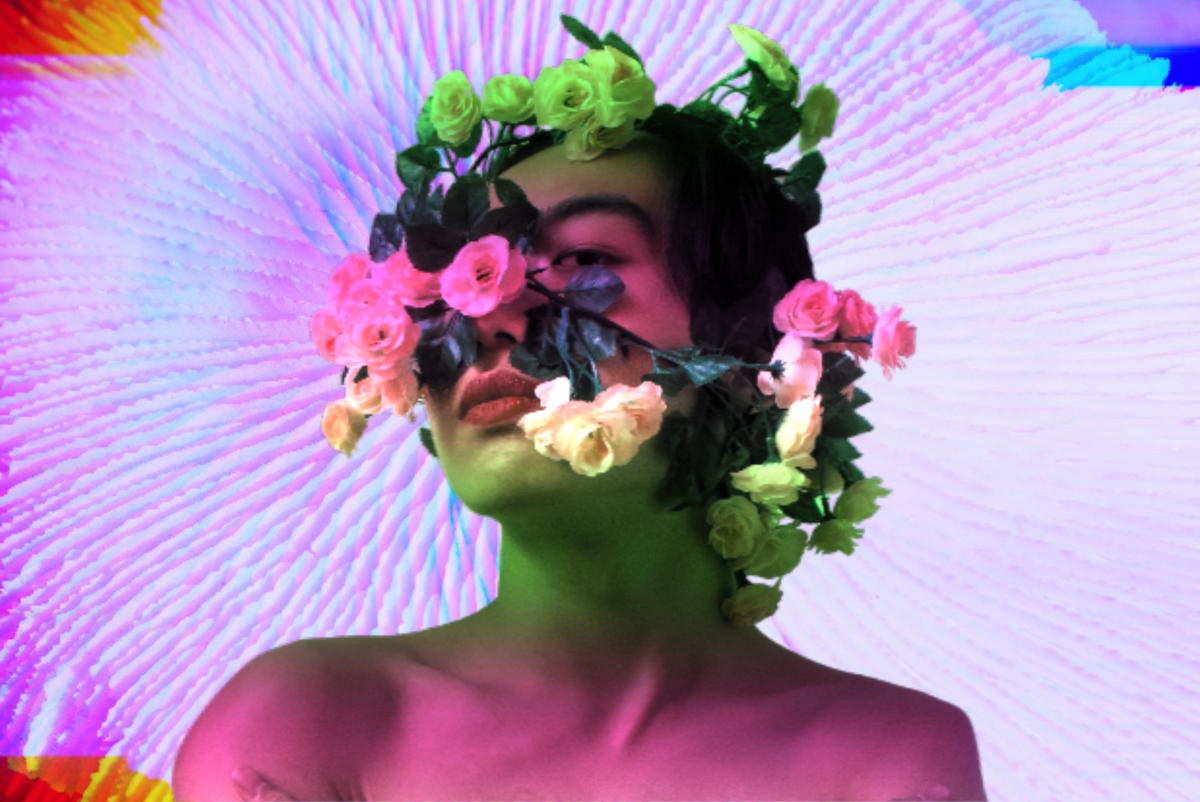
It is late summer of 2022 and the cultural movement known as the Psychedelic Renaissance is starting to show its age. It was so fresh and innocent looking back in 2016 when LSD microdosing among Silicon Valley tech workers was suddenly all the rage. Around the same time, the Imperial College team was busily publishing long awaited results from psilocybin scanning studies, heralding a new understanding of psychedelic effects on the brain. This tiny sprout of new interest in psychedelics was nurtured along by constant positive media coverage in high impact outlets like Wired and Forbes —the media was on board. In 2018 the scene fully bloomed with the publication of Michael Pollan’s How to Change Your Mind, a book which reached an entirely new demographic of NPR listeners, boomers, and food nerds. Suddenly everyone was talking about psychedelics again. And when the micro financial bubble known as the Shroom Boom hit its exuberant highs in late 2020, it seemed like the sky was the limit. There was no denying the momentum —a new psychedelic movement was born.
And now here we are, four years after Michael Pollan’s book kicked off the movement, and the Psychedelic Renaissance is hitting a serious rough patch. Reports of abuse and cover up in psychedelic clinical trials rocked the scene earlier this year at a time when those exuberant Shroom Boom stocks had hit all time lows, evaporating over 90% of investor value in a slow death march to collapse. We have already seen a few small corporadelic firms go under, and there are more like them teetering on the brink. There was once talk of a huge round of mergers and acquisitions gobbling up the sector, but to date no big pharma companies like Pfizer have shown any interest. Even the larger psychedelic companies are having a tough time fundraising because the free flowing VC capital leveraged off the crypto and cannabis booms of 2017-2021 has also dried up. To make matters worse, the corporate IP generated by the Shroom Boom is, to date, not considered to have much value. Patented analogs of natural substances that have not been proven to be clinically effective are essentially worthless.
So now is the time that we must ask the question: Is the Psychedelic Renaissance coming to an end?
The 1960s Hippie Movement and the Summer of Love
If you have lived through a previous psychedelic boom this should all sound eerily familiar. The scene starts with a slow murmur in the media, followed by the release of an influential book, and suddenly there is a new psychedelic movement. The first major American psychedelic scene was the Hippie Movement, and it was at least a decade in the making. Aldous Huxley’s Doors of Perception was published in 1954 and introduced psychedelics to a young generation of postwar artists and thinkers called the Beat Generation. In June of 1957, Life ran their now legendary article on Maria Sabina and the magic mushrooms of Mexico, introducing psychedelics to families in working class suburbia. And in the background of everyday Americana, the CIA was running clandestine operations though their MKULTRA program, testing psychedelics on volunteers like Ken Kesey who would go on to write One Flew Over the Cuckoo’s Nest and take his band of Merry Pranksters on a cross-country acid fuelled road trip.
In 1964, two Harvard psychology professors, Timothy Leary and Ralph Metzner, released the book The Psychedelic Experience: A Manual Based on the Tibetan Book of the Dead. By this time the Merry Pranksters were running wild, and the Brotherhood of Eternal Love was saturating Laguna Beach surfers with as much LSD as they could eat, and a full blown movement was born. Before long, The Beatles released Rubber Soul, the Grateful Dead played their first shows, and a new genre called Psychedelic Rock was born. Everyone was moving to California, everyone wanted to get in on the trip.
The Hippie Revolution hit its peak in 1967 in the Haight Ashbury district in San Francisco with the Summer of Love. Peaced out free love hippies intersected with Vietnam war protesters and a fully formed revolt against society took shape. There was passionate talk of civil rights, women’s rights, world peace, and a strong belief that LSD could save the world. But by 1968 harsh reality began to set in. The assasination of Martin Luther King Jr. was just one in a long line of political assassinations, quickly followed by the assasination of presidential hopeful Robert Kennedy. More harsh blows came later that year when the brutal images of the Manson Family murders were broadcast into homes every evening, filling people with fear of acid crazed hippies. Peace and Love turned into Helter Skelter, and when drunk Hell’s Angels security guards stabbed and killed a man at the Altamont Speedway free concert later that year, it was clear that the movement had gone sideways. Twenty days after that event, one day after Christmas, the movement’s leader, Timothy Leary, was arrested on a minor pot possession charge. The Summer of Love was over.
The Hippie Revolution never recovered from the events of 1968. The psychedelic movement fractured into communes, cults, dharma surfers, and the proto-yuppie boomers who called themselves the “Me Generation.” Cocaine became the new generational drug of choice and the psychedelic experiment was declared a failure. From 1964 to 1968 there was enthusiasm in the psychedelic movement, there was hope, but eventually the bubble burst and the movement burned itself out. The drastic collapse of the hippie movement is often referred to as an implosion, but clearly real world events chipped away at the scene from the edges. The peace and love revolution was blossoming amidst a background of right-wing violence, left-wing militants, organized crime, war, and increasing persecution from government and law enforcement agencies. After more than a decade of momentum, the psychedelic dream came to an end.
The 1990s Rave Era and the Archaic Revival
Cut to 1992. A new book is being circulated in the underground, something called The Archaic Revival from a scrappy new breed of psychedelic guru named Terence McKenna. On the nightly news there are constant scare stories of “designer drugs” —custom made narcotics said to be more potent than cocaine and totally legal. In the underground there are murmurs of these things called “raves” —warehouse parties where people danced to electronic music all night on a new designer drug called “ecstasy.” Ecstasy was dubbed “the love drug,” and the candy kids who flocked to the scene preached a new brand of peace and love called PLUR: peace, love, unity, and respect. The scene was fresh faced and had a future techno flavor. The media ate it up. A movement was born.
The rave era pulled in a new generation of psychedelic enthusiasts eager to get in on the scene. Electronic music was evolving from a juddering tangle of filtered 303 basslines into something happier and snappier, leading to new genres called house, trance, and techno. The beats were intoxicating and every song seemed to blend seamlessly into every other song, giving rise to the new counterculture celebrity, the rave DJ. People swarmed to warehouse parties. Crowds gyrated to the beat and waved neon glow sticks under flashing lights. Inside the party, rolling on ecstasy, there was a powerful feeling of oneness and unity. For a brief period of time, it seemed entirely possible that trance dancing could save the world.
But even as the rave era of the mid-1990s was in full swing, there was an ever present sense that it was too good to last. Despite pushback from law enforcement and local ordinances designed to shut down all night dance parties, the constant refrain was, “Keep the scene alive!” Party promoters hustled to find new venues, even if that meant throwing a rave deep in the woods or in the middle of the desert. Artists created trippy artwork for the postcards advertising upcoming raves, and producers sweated over their new computer workstations to come up with even more extreme and more mind-bending forms of electronic music. There was hope, there was enthusiasm, there was energy. For the beautiful people living the scene it seemed like the party would never end.
But by 1996 the vibe of the scene had changed. The love drug known as ecstasy was starting to show its limitations as oversaturation and diminishing returns turned happy ravers into cracked out veterans coping with anhedonia and an inability to get off. The scene turned prickly and the music became darker. Happy house turned to hardcore, then industrial, and then into aggressive genres of dark techo and drum and bass like gabber and death house. The bust of underground chemist Nicholas Sand in 1996 led to a sudden shortage of the movement’s fuel, LSD and MDMA, and party pills were now filled with unknown adulterants. People turned to a new class of club drugs and “research chemicals” like ketamine and 2C-B, and began mixing drugs into potent cocktails that led to bodies hitting the floor. This was not the same scene where the sky was the limit and trance dancing was going to save the world —it was the death throes of another psychedelic dream gone up in smoke.
The Half-Life of a Psychedelic Movement
The early exuberance and ugly death spiral of the 1990s rave movement shares some eerie parallels with the hippie movement of the mid 1960s. Each movement started with a cultural phenomena that promised peace, love, and the potential to save the world. And yet, within the course of a few short years the scene collapsed under unrealistic expectations, cultural burnout, and a shift to harder and more mind-numbing drugs once the psychedelic glow wore off. And this is one of the things that is never mentioned but is clear from historical perspective: Psychedelic drugs deliver diminishing returns and unfulfilling effects the longer and more frequently you take them. Like many drugs, the mind-blowing high you get from the initial exposure tends to wear off over time, the trips get more introspective and darker, and you spend months or years “chasing the dragon” trying different drugs and higher doses to get back to that initial fleeting feeling of ultimate love and total unity.
So now we are entering the dark days of the Psychedelic Renaissance where the initial hope and exuberance of the last four years is starting to turn dark. Refrains of Shroom Boom stocks going “to the moon” have yielded to a constant stream of psychedelic memes mocking the industry’s failures. The most visible advocates in the space still repeat the refrain that psychedelics will “revolutionize mental health” and end trauma and depression as we know it, but those platitudes seem hollow now that clinical trials have failed to produce anything close to miraculous results. Retail investors are beginning to wonder if this entire movement was just an elaborate grift preying on the generational anxiety of a world spinning out of control. And despite an endless stream of hype in the mainstream media, things are starting to get prickly out there.
It’s easy to see the hubris in hindsight, but despite the dramatic failures of previous movements everyone had the expectation that things would be different this time around. After all, the movement has the three-tiered support of the media, academia, and the generous funding from venture capitalists. Even local and state governments appear amicable to the idea that psychedelics can be decriminalized or approved for use in therapeutic settings. All of the momentum appeared to be unstoppable. But no matter how much encouragement you get from institutional support, there is no realistic way to levitate the hype bubble forever. Reality eventually creeps into every scene, and the bigger the party the bigger the hangover.
It seems inarguable that we have now hit the bottom of the movement called the Psychedelic Renaissance. The dark realities of war, climate catastrophe, and refugee crises continue to grow while true believers still cling to the notion that these problems can be fixed with more generous applications of psychedelic drugs to more people. I hate to be the person pointing this out, but having studied the hippie movement of the 1960s and lived through the rave scene in the 1990s, it certainly feels like the slow death roll of this movement is coming. I genuinely hope I’m wrong, and I hope the seeds of this movement lead to broader decriminalization and approval of therapeutic use of psychedelics, but even those modest goals seem years off. A cultural movement can live on hype for only so long before it starts to deflate. Psychedelics are not going to save the world and they never were. As history has shown time and gain, there is no such thing as a panacea and we cannot drug our way to salvation. Change happens slowly and through tireless hard work. Buckle in for the long dark times people, the party is coming to an end.
